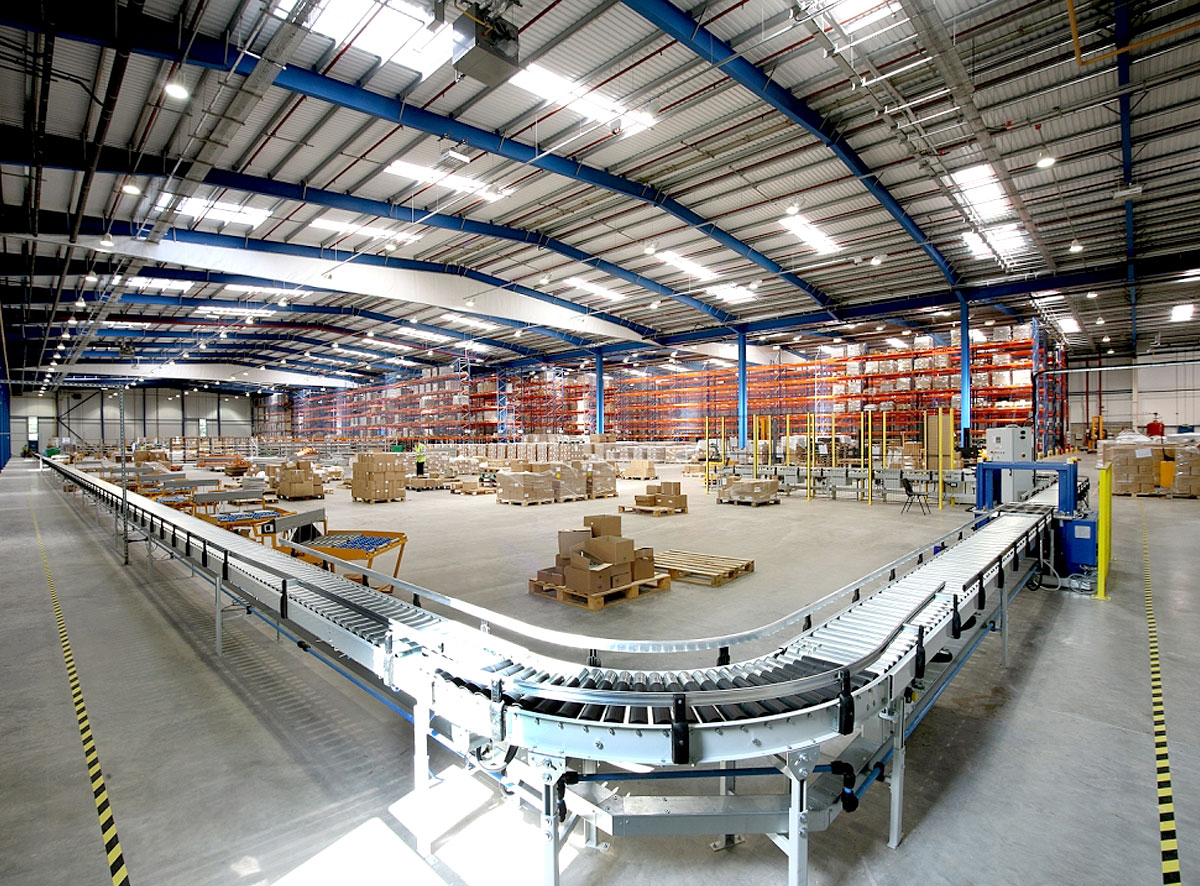Mollie Claypool on whether the fully automated production of the built environment could drive more efficient, sustainable and inclusive architecture and construction processes.

Warehouse, Manchester, UK. Credit: Colt International Limited via Flickr
Moves towards the automation of labor in architectural design and construction tends to be approached as a kind of new revivalist Taylorism that brings notions of scientific quantification to automation, merely replacing human labor through the automation of bricklaying or construction vehicle mobility. Simultaneously, domestic space is more reduced, more public and more precarious than ever before, while public space is rapidly privatised. Increasing professionalisation, legal responsibilities and litigation, has created a climate of risk aversion.

Distribution centre, Nottingham, UK. Credit: Colt International Limited via Flickr
It is urgent that, from today, the disciplines of the built environment quickly rethink entirely what the rapid digitisation of our world has meant in order for architecture and design to be a catalyst for real, positive change for the everyday person. Instead of falling for the more homogenous, striated, segregated and inequitable world that neoliberal perspectives on technology promote, and that is inherent in what we recognise as ‘digital architecture’, the architecture discipline should be working towards forms and processes of fully automated production that promote equity, sustainability, democracy, heterogeneity and inclusivity. From tackling climate change to the global housing crisis, new radical forms of digital architecture are urgently needed.
By Mollie Claypool, lecturer at The Bartlett School of Architecture
 Close
Close




